Have you ever gone to a friend’s house with a pond and seen small plants like water lily filling the surface of the pond water? That’s duckweed.
Sometimes it is no problem to let them live but growing invasively is a nuisance.
Today, we are going to share you the tips on how to get rid of duckweed.
If you plan to build a pond, you will seemingly be acknowledge about it and know how to overcome it safely and naturally.
So let’s head to the detailed description below.
What Is Duckweed?
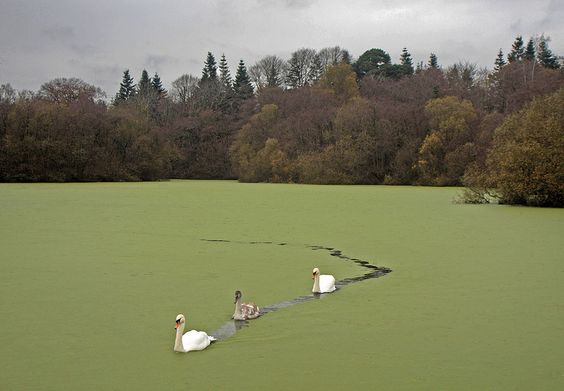
Scientifically, duckweed which is also known as water lens is a family of small flowing plants living on the pond or lake surface. It is much similar with water lily.
This plant is commonly recognized to live in a slow moving or stagnant bodies of water
. The can grow uncontrollably if there is a high level of nutrient in the water.
Duckweed is completely different from algae, duckweed is real small plant that offers benefits to some aquatic plants.
Therefore, small amount of it is just fine to provide additional filtration.
Duckweed also offers a good food for goldfish and koi. It is even become the goldfish favorite taste.
However, it is not recommended that duckweed grow aggressively in the pond, taking over the whole pond.
Duckweed has fast spreading capabilities under the proper conditions of environment.
It can even be dangerous for small ponds where fish live in it.
If you have a pond with the duckweed, keeping it in low levels is much crucial.
Mostly, people control the existence of duckweed in the pond by removing any growth before it spreads more and more.
The bigger number of duckweed in the pond, the less oxygen levels will be.
This can lead to increase the waste, sludge and any harmful substance build-up.
Now if you see there is a duckweed bloom, it is a sign that the quality of the water is not so good. It requires further investigation.
This way, removing duckweed is not enough. This little plant can grow more and more.
They even come back very fast though you remove almost any growth.
How To Get Rid Of Duckweed in Pond Naturally
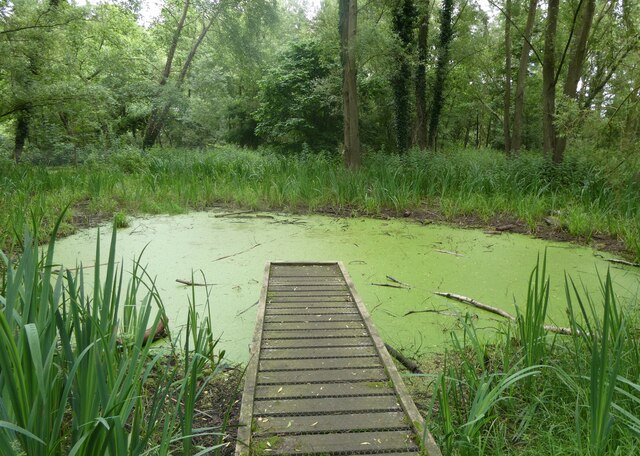
There are some best ways on how to get rid of duckweed in pond naturally. No chemicals will be involved in removing the duckweed using these steps.
Thus, you don’t have to worry about the impact on the other organism living in the pond.
Do Water Quality Test
As we have mentioned, the high level of duckweed growth in a pond is a sign of the water quality.
Now if your pond show you the big number of duckweed growth, you need to check with the further investigation.
For example, does your pond have insufficient filtration? If so, it may have rich nutrients, too, leading to the fast growing duckweed.
Doing water quality test must be carried out twice a year especially if you have fish in the pond.
This is considered as an important aspect to keep your fish live well.
If the duckweed grows gradually in the pond, it means that the water quality is just fine. On the other hand, when the duckweed grows rapidly taking over the pond, test the water quality using a wide-range water test kit. I
t will ensure the substance levels, determining the safe parameters.
Measuring the water quality involves the investigation over ammonia, nitrites, phosphates and nitrates.
The high dose of ammonia and nitrites will indicate the insufficient filtration which is harmful for fish.
Phosphates and nitrates are as natural fertilizers for plant which might be taken up by the duckweed in the pond, causing the fish to less consume them.
If the test shows the high range of any substance, problem solving is needed along with the duckweed removal to make sure that there is no more duckweed in the pond in the future.
Remove The Duckweed Manually Using DIY Tool
The second step on how to get rid of duckweed naturally without chemicals is using DIY tool to for the duckweed removal. In the other words, you will remove the duckweed manually.
Though this might not be an easy option, more people use this technique as the best way to remove the duckweed out of the pond. In this case, strong net or vacuum cleaner can be simply used.
Considering the duckweed is clearly visible on the pond’s surface, it would be easy to take it out.
Using strong net or vacuum cleaner will also give you a full control over cleaning.
It also let you to leave some duckweed living behind for some benefits. This technique is more suitable for the smaller ponds but it can also be applied for a larger pond.
If you regularly clean up the water to keep the quality in balance, the duckweed will not be able to grow fast.
Therefore, the best techniques to control and keep the fish live well are to test the water quality, improve the pond’s conditions and remove the duckweed manually.
However, if there is only a small number of duckweed in your pond, using the good quality net will be enough to clean out the weed.
When you finish cleaning your pond out of the duckweed, the next thing to do to maintain it is to apply the natural killer for duckweed.
Let’s head to the third tip below.
Apply Natural Killer For Duckweed
Natural duckweed treatments are the mixture of advantageous pond bacteria that help decrease the nutrient substance in the pond and starve algae and duckweed that the duckweed need to grow.
This natural killer won’t be effective unless you clean out the pond previously.
This natural duckweed killer also help filtrate and improve the water quality, causing the duckweed hard to grow in the future.
So add this mixture to your pond just after you clean it out.
It is expected that it would stop the remaining duckweed from growing invasively.
However, we still recommend that you remove the duckweed manually and ensure that the nutrients as well as the water quality are good.
In short, adding natural killer containing bacteria is a long-term solution to get rid of duckweed.
It is also a good choice for a safe and friendly weed control instead of using harmful chemicals.
Sadly, this kind of natural killer for duckweed is hard to find in the United States.
Only in the United Kingdom you may purchase it. Alternatively, the use of beneficial bacteria is also considerable.
Reduce Fish Feeding
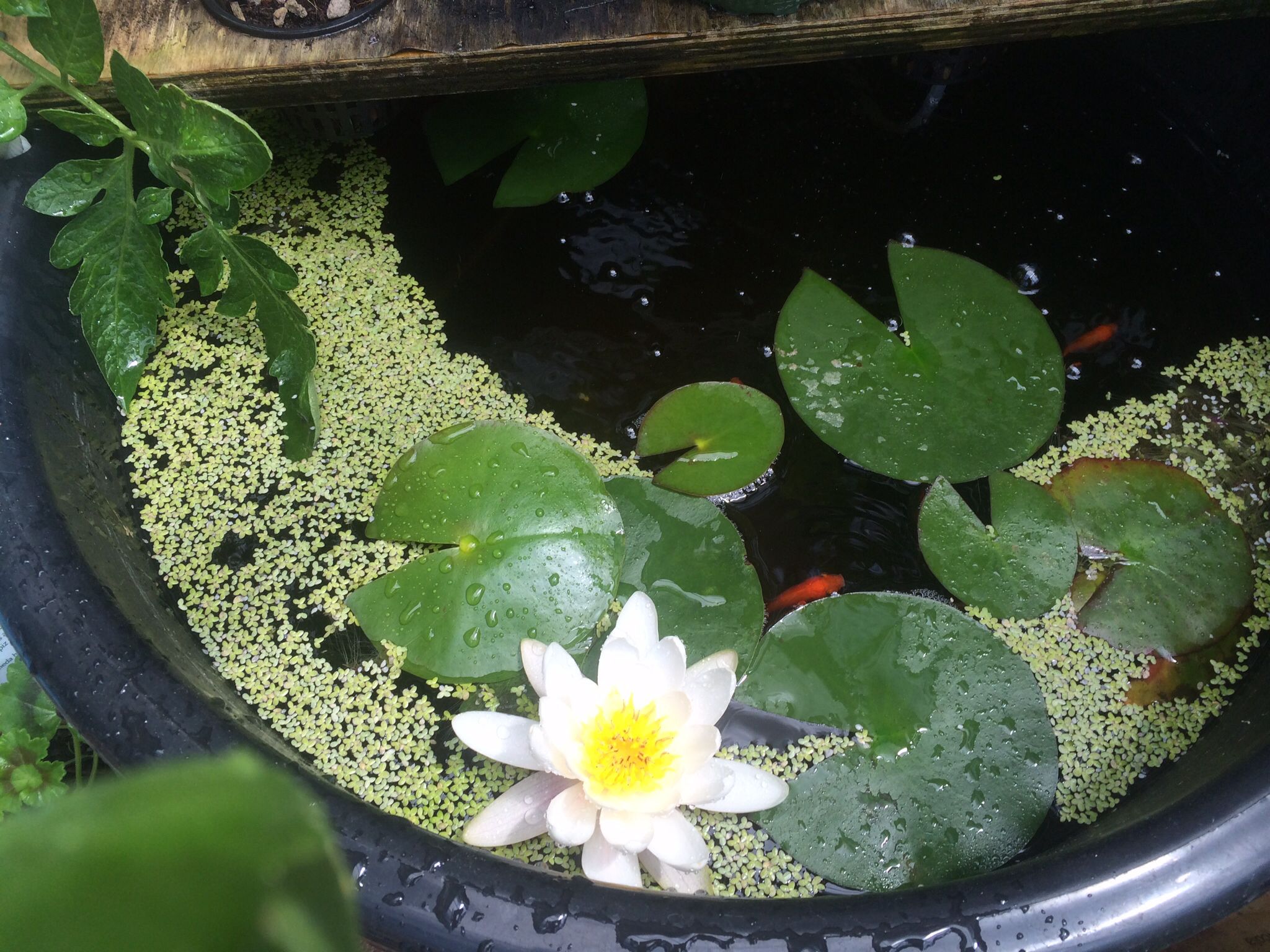
Is there any goldfish or koi in your pond? Reduce their feeding doses to enhance them to eat the duckweed instead of their food.
In this case, goldfish likes eating duckweed more than koi.
Most of the ponds with the full fish will have no problem of duckweed since the fish eats it more before it can grow more.
Meanwhile, if you feed your fish too much, they will also be too full to help eat the duckweed.
Therefore, if you have problem with the overgrowing duckweed, try to reduce feeding your fish to encourage the fish to eat it more often.
If you do this technique after removing the duckweed in the pond, you will be able to clean any left-over plants missed in the process.
When you are feeding your fish back, make sure you use the best quality of fish feed. This is aimed to help reduce the fish waste.
This way, the best quality fish feed contains lower ash as filler content and high content of proteins, fats and minerals.
Remove Excess Nutrients
The next best ways on how to get rid of duckweed naturally is removing the excess nutrients.
When duckweed manual removal is finished, removing the excess nutrients can be the next tip to go.
If your pond gets its nitrates and phosphates back in a high level, start cleaning your pond out of the debris and bottom muck to lower the level.
Removing excess nutrients is the final way of freeing up the pond from the duckweed that can be a nuisance when it aggressively grow.
Homemade Duckweed Killer
As we have clearly described, duckweed can be beneficial yet it can be very problematic for pond owners. Thus, prevent further issues is much necessary.
That is the moment when you need homemade duckweed killer.
Use Duckweed Predators
Using duckweed predators is a kind of biology controls.
The natural duckweed predators include grass carp, goldfish and koi. So introduce these predators to your whole pond.
Noticeably, they will control the area in the pond especially the overgrowth floating plants such as duckweed.
This technique is considerably suitable for the duckweed growth prevention especially in the larger pond.
Further, it is also aimed to control the smaller problem.
Aquatic Herbicide and Vinegar
If the duckweed problem seems uncontrollably, you may need to add a little aquatic herbicide to handle on it.
Mix the 3.2 fluid ounces, 10 gallons of water and A 1-ounce aquatic wetting agent in a large bucket. Pour it into a pump sprayer.
Spray only on the duckweed. Avoid spraying the mixture into the entire pond and never spray too much on the plants. This is due to the fact that too much herbicides can endanger your fish and other plants.
If the problem is unsolved, repeat the application in two weeks.
Keep in mind that you must always use the aquatic herbicide as a spot treatment, spraying only on the duckweed directly.
In addition to use aquatic herbicide, you can also use the mix of chelated copper algaecide along with the diluted aquatic herbicide for the best and effective results.
Using algae makes the duckweed grow in fountains.
This way, fountain algae along with vinegar will enable you to control the algae growth.
This way, the results will be mixed with the duckweed.
Preventive Measures
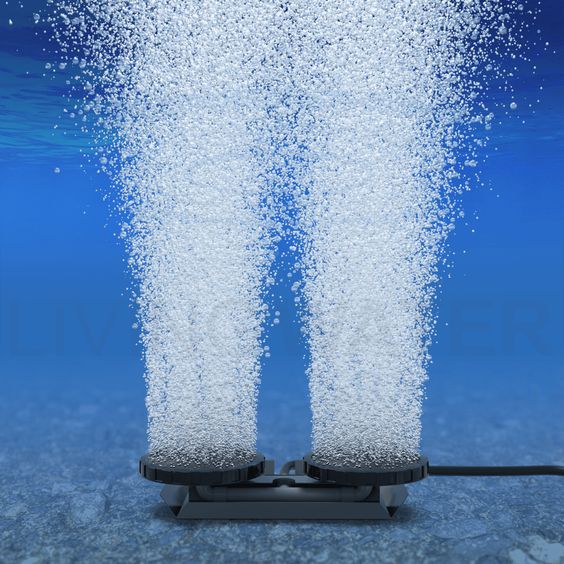
Understanding about how to get rid of duckweed generally leads you to learn the preventive measure, too.
This way, using homemade duckweed killer is considered the safest and the effective ways of controlling the plants growth naturally.
Aeration is one of the prevention you can try.
Aerating the ponds will make movement in the water. The bubble aeration will help deprive the necessary nutrients for plants, the lower nutrient levels and the less opportunity for the plants to survive.
Epsom salt will be effective to improve the nutrient absorption in plants without increasing the nutrients in the pond.
This preventive measure requires you to remove all the dead leaves out of the pond to prevent the black sticky discharge feeding the duckweed.
Once the pond is free from the leaves, find a way to stop new leaves to accumulate on the pond’s surface. This is considered effective to control the duckweed growth.
Killing Duckweed with Roundup
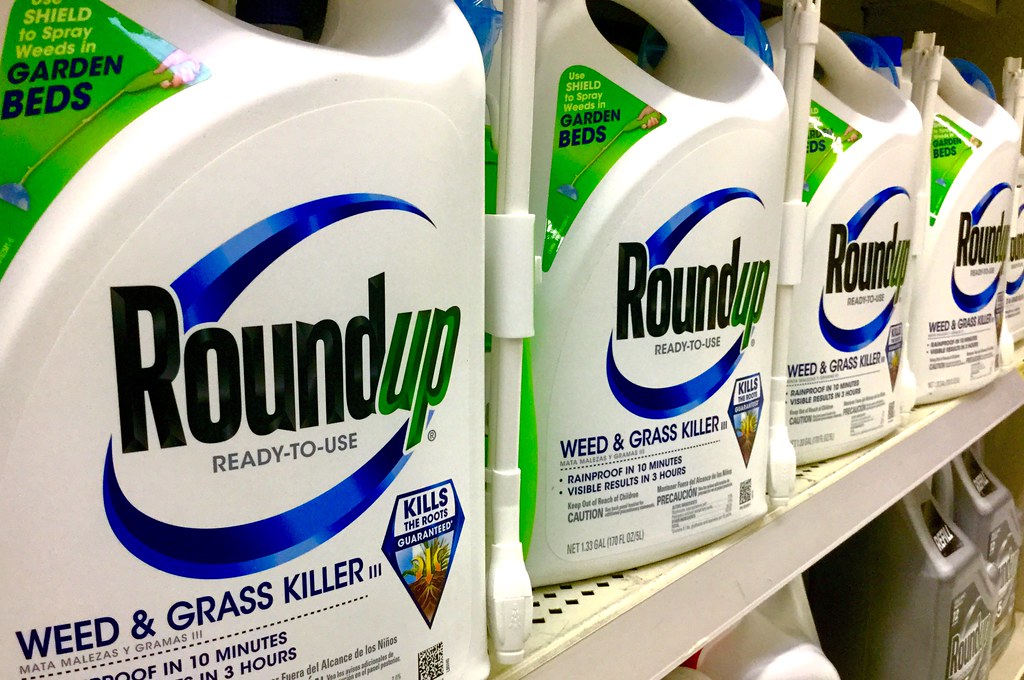
Is it possible for killing duckweed with roundup? Roundup Pro Biactive is the chemical used to control the duckweed invasive growth.
This chemical is popularly and even the most widely used formula used by most pond owners.
Roundup is safe to use for ponds with all species of fish. It is basically formulated to safely suit the aquatic fauna.
Using roundup also means controlling the very severe infestations so that it doesn’t cause water de-oxygenation at a large quantities leading to decompose at once.
Therefore, killing duckweed with roundup is also highly recommendable due to its safe use.
Though it is a chemical, it concerns how to tolerate the living things in the pond.
Final Words
Conclusively, the best ways on how to get rid of duckweed we have clearly described are mostly safe to apply either for the fish in the ponds for the water quality itself.
The techniques include the natural way and the use of homemade duckweed killer as well as the recommended herbicide and roundup.
Using chemicals is not good. However, the right chemicals with the right dose will be fine to get rid of the duckweed without hurting and killing the fish.